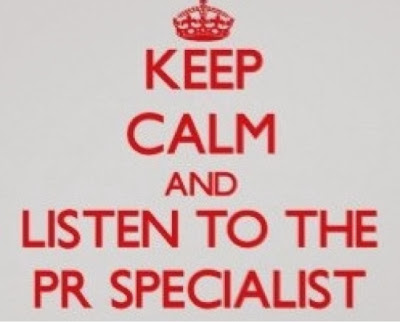Yesterday's Hollywood cowboys - Hopalong Cassidy, Gene Autry and Roy Rogers - thrilled a generation of kids at Saturday matinees.
Every week we cheered wildly as we watched them on the silver screen bringing villains to justice. To us kids they were authentic - plain talking and fast acting heroes living by simple frontier values where you helped neighbours and those in trouble.
Hopalong, Gene and Roy never sought out trouble but they were quick to act if trouble found them. They used their horse riding, gun toting, two fisted skills to right wrongs and restore things to how they should be back at the ranch or in the town. Often they fought outnumbered when those around them had given up. Yet week after week they prevailed and then rode quietly into the sunset.
These 50s Hollywood portrayals of good versus evil were highly romanticised and politicised. Yet while the myths of the Old West are no longer be relevant, the essential message of these cowboy heroes - having simple values and sticking to them - are as valid now as when they rode the range.
Honesty, promptness, balance and a willingness to listen and act in others' as well as our own interests should be our compass points
Solid, positive values underpin all enduring relationships with the people who matter most to us. That applies especially to professional communicators. Honesty, promptness, balance and a willingness to listen and act in others' as well as our own interests should be the compass points that guide our communications efforts in the coming year.
In 2014 there may be circumstances and individuals who challenge our ideas of right and wrong. Perhaps the silver screen examples of Hopalong, Gene and Roy might help us decide how we should act.










